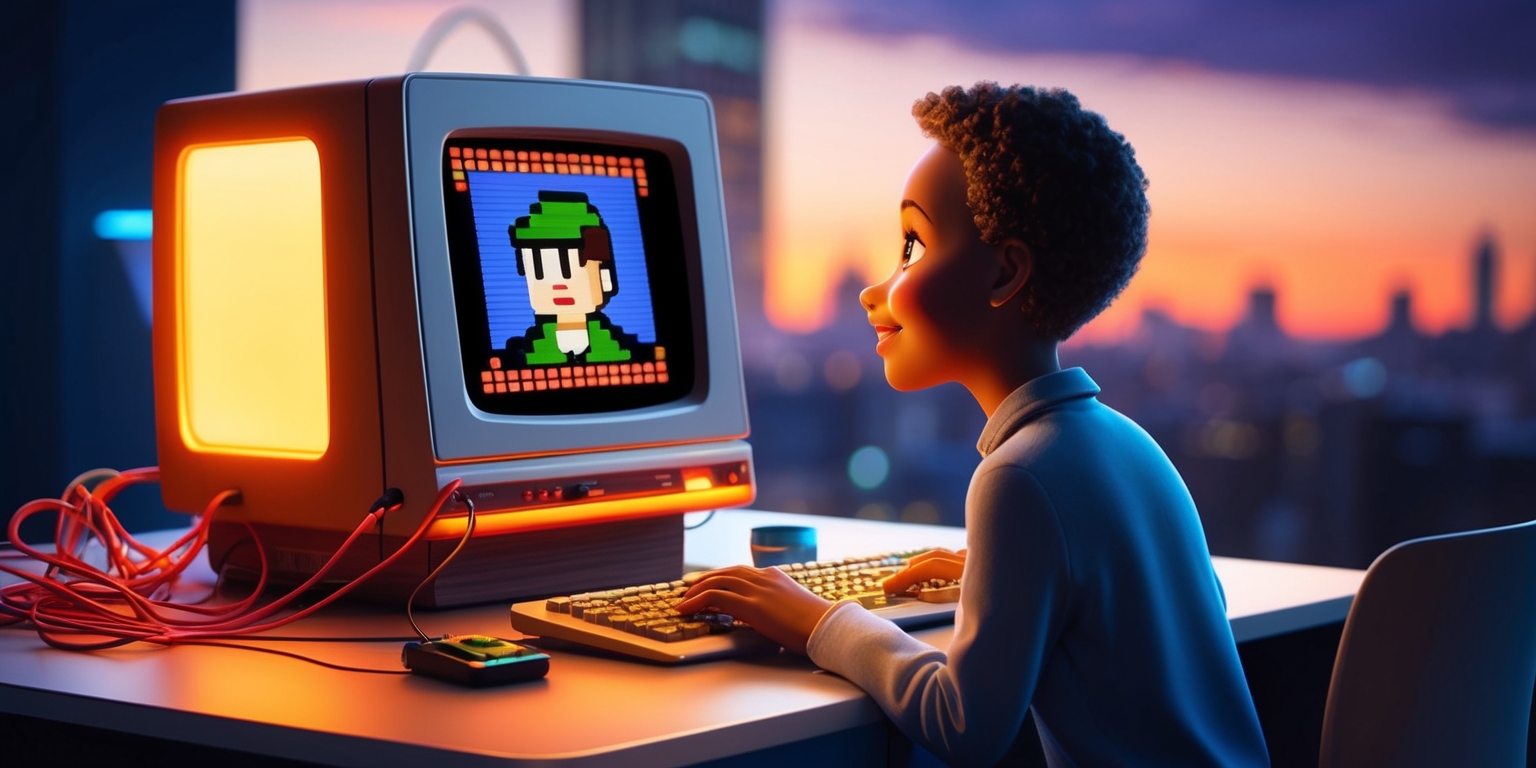Bridging Nostalgia and Innovation: Reimagining a Beloved Icon in the Digital Age
- 2025-08-07 05:12:14

In today's rapidly evolving technological landscape, creative minds are rethinking how to honor timeless legacies while embracing innovation. One proposal suggests integrating the distinctive voice of a celebrated actor into next-generation technology, blending nostalgia with contemporary progress in a way that sparks both excitement and debate.
A fellow actor from a well-known family film recently shared an audacious idea at a major fan convention. He envisions an AI project that would feature the iconic voice of his famous co-star, provided that the endeavor is carried out respectfully and with the family’s blessing. This proposal comes at a time when many express concern over technology displacing creative work and infringing on personal artistic achievements.
The actor recalled his admiration for the distinctive voice that has defined a generation and left an unforgettable imprint on audiences. His proposal is fueled by both personal memories from their time working together and the global recognition of that voice. He sees the project as a fitting tribute, one that combines heartfelt remembrance with the innovative possibilities of artificial intelligence.
He explained that his inspiration first arose when he encountered an old commercial featuring the actor. The performance had a modern, almost prescient quality, hinting at the current digital trends. This memory, along with the recent surge in AI development, convinced him that the celebrated voice could serve as an enduring symbol in an AI setting, bridging the gap between cherished history and emerging technology.
Opinions on this proposal vary considerably, and several key aspects merit consideration:
- The need to balance homage with proper ethical oversight.
- The challenge of integrating traditional artistry into cutting-edge technology.
- The potential impact on public sentiment when beloved legacies are reimagined in a digital format.
Ultimately, this unique idea leads one to ask: Is this bold vision a respectful tribute that enriches cultural memory, or does it risk compromising the integrity of artistic legacy by merging it with modern technological pursuits?





